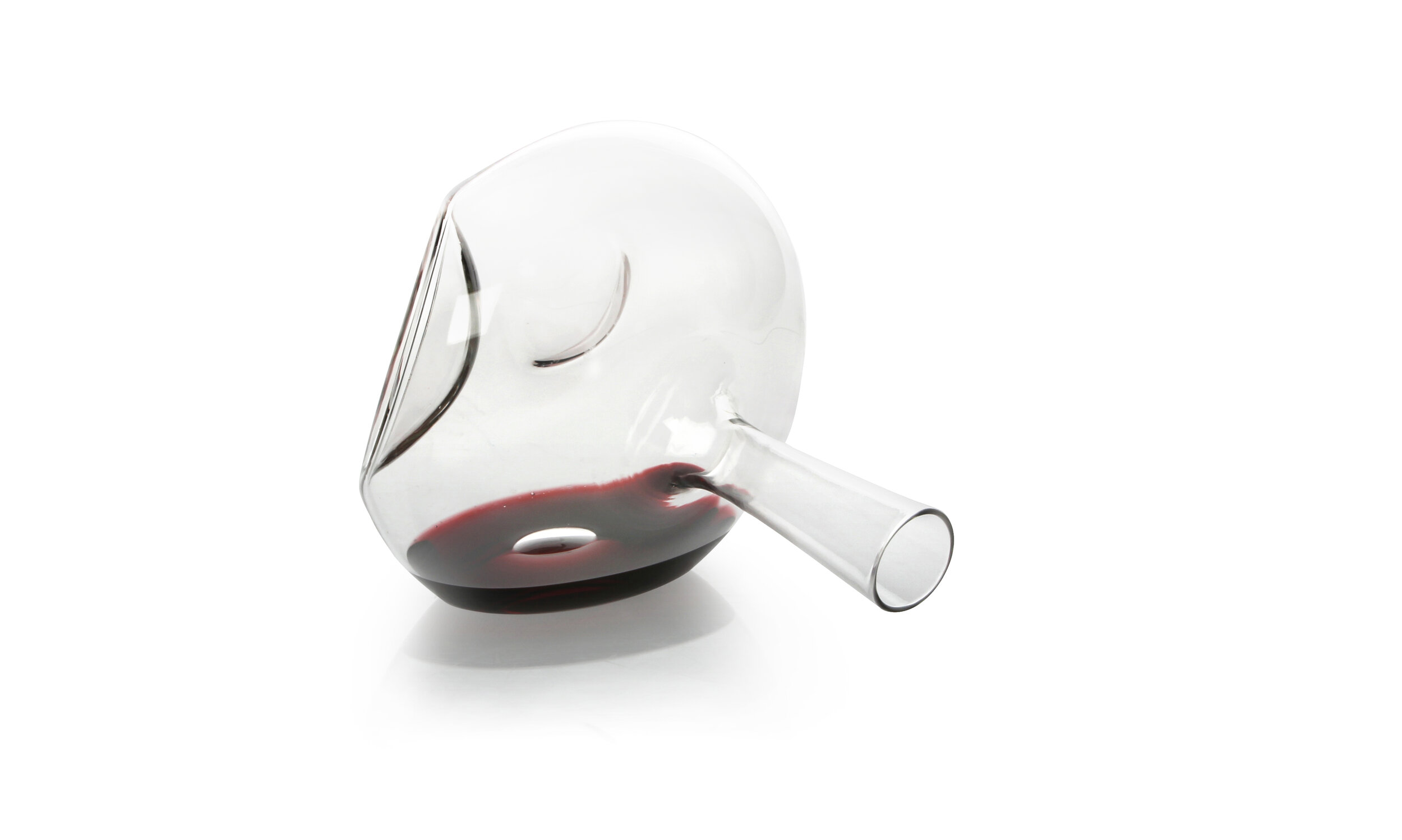The DUO˚LOGUE: In Conversation with ROKOS
Words
Photographs
Emma Dai
John R. Ward
“Playful, sculptural objects that behave in unexpected ways” - a simple yet striking tagline for a design company that produces simple yet striking products. These are homeware items that will stop you in your tracks and make you look twice; each has a unique personality that changes according to its contents and purpose.
The DAI˚ALOGUE sits down with founder and designer Jim Rokos FRSA to talk about his ideas, inspiration and what the future of the design industry means for ROKOS.
February, 2017. When I first step into the ROKOS Studio, it’s exactly as I expect; cutting mats, cardboard boxes and models scattered around. It’s part-workshop, part-office, retaining the same modern feel as the brand itself. Jim puts down his most recent prototype to shake my hand; I can already tell that his mind is constantly running, thinking of new ways to design and innovate, planning how best to progress this product he’s working on. After formalities have been exchanged, I ask him to take me back to ROKOS’ beginnings...
“It all started with an internship at a stainless steel factory in India,” Jim recounts. “There was a mixing bowl that began with a flat sheet of stainless steel, then they would stretch it into the shape of a bowl. I was very surprised by how incredibly ductile stainless steel could be; so, I designed this bowl with three equal holes so you could sit it at three identical angles, and I sent the drawings to the factory. They made a sample, but told me it wouldn’t be commercially viable. I returned to England afterwards and made a sample with different hole sizes and positions; The Conran Shop told me they liked it, but wouldn’t buy just one object from a ‘vendor’. So I started taking other objects and seeing what I could put at three angles as well...and that’s where the wine decanter came from.”
Getting the business off the ground would prove trickier than initially anticipated. “I realised early on that in order to sell to shops and boutiques, I had to make a brand,” Jim tells me. “ROKOS needed to be luxury, since I could only afford to order a small number of pieces in production. I’m keen for them to be original; a little bit of play, a little bit of luxury. I don’t like to define it too much because I don’t want to restrict where it’s going to go but I like to play with the physics or the physicality of them...there’s something surprising about it.”
Homeware is Jim’s forté; although the ROKOS line is constantly evolving, it’s an unspoken truth that his work belongs in a space where it can truly make a statement and be admired for its individuality. “The flower vase could have been another wine decanter, but I took it as a challenge to make a glass container of liquid that leans over on its own as the liquid goes down,” Jim explains as he presents his iconic Gauge Vase to me. I admire it from a distance, reminding myself of my main aim today: to enter and leave the premises without breaking a one-of-a-kind piece worth hundreds of pounds. “It worked for the physics I was trying to show, whereas the decanter made sense as it went along. The idea of it ‘getting drunk’ as the level of wine decreases makes for a nice story.”
It’s a well-known fact that the design industry is one that never stays still; staying afloat is an incredible challenge for any independent business. ROKOS has had its fair share of hurdles, but in overcoming them, Jim has been able to look further ahead and consider how his company may adapt for the future. “One of the toughest things I’ve found in this business is finding a manufacturer to make the objects at a commercial price and get it produced to the quality I need, in the small numbers I’m asking for.” He shares an anecdote about a disastrous time in Delhi when he ordered the production of 200 stainless steel bowls he’d designed, only for them to return to him rusted and unsellable. “It was the first object of this brand; a real disaster,” he admits. “At last, I found this amazing glass manufacturer in the Czech Republic, where my grandparents were from. So for now, I’m sticking with glass...after all, the manufacturer and I won the German Design Award 2017 for our collaboration. Rather than new object types, I will probably look into crystal for the near future. My thinking/creative method is very lateral so anything could happen, it’s more about materials and physics and concepts. If I felt it fit with the brand, I would do it.”
“…capturing your attention but not cluttering your mind.”
ROKOS’ growth isn’t purely down to profit margins and prestige; Jim is no stranger to a design award, but there are some elements of his work he finds more meaningful than a prize or title. “We’ve got all these distractions nowadays and it gives us a bit of a break if we can get lost in something; objects that can be almost hypnotic, capturing your attention but not cluttering your mind. I entered a competition once and the brief was to design for recovery from mental illness; I think certain objects can definitely be therapeutic,” Jim says.
It’s evident how passionate he is about the power of design; in 2016, he curated the first Dyslexic Design exhibition at designjunction, aiming to challenge the stigma around dyslexia and show its positive influence in design. Jim, whose dyslexia has shaped him—but not defined him—as a creative, was repeatedly told his concept for the vase (based on a wooden mushroom his mother used for darning socks) would not work.
“I should’ve had a prototype made straight away,” he reflects. “Instead I kept thinking ‘would it work?’ for about a year. Everyone’s telling me it won’t - I’m the only one who thinks it might. Eventually I had it made and it worked straight away. I think I lacked confidence due to my dyslexia, especially in school, but I should’ve just trusted my instinct first-time round and had the prototype made.”
Jim Rokos
Founder
ROKOS continues to push the boundaries of homeware design while still remaining classic, minimal and timeless. What are the next steps? “I need to grow the range, so there’s more a family of objects,” Jim nods. “Maybe even my own storefront one day, but I’d need someone else to manage it for me so I can stay more on the design side. Even now, outsourcing is vital for me so I can get everything done. Whether you’re a small or large business, you should learn to lean on other people sometimes—it’s impossible to manage everything yourself.”









Those with the privilege of isolating comfortably will likely find themselves turning to simple pleasures—the kind that move our day along, fill us with purpose or at least keep us distracted from the oft-apocalyptic newsreel for five minutes at a time.